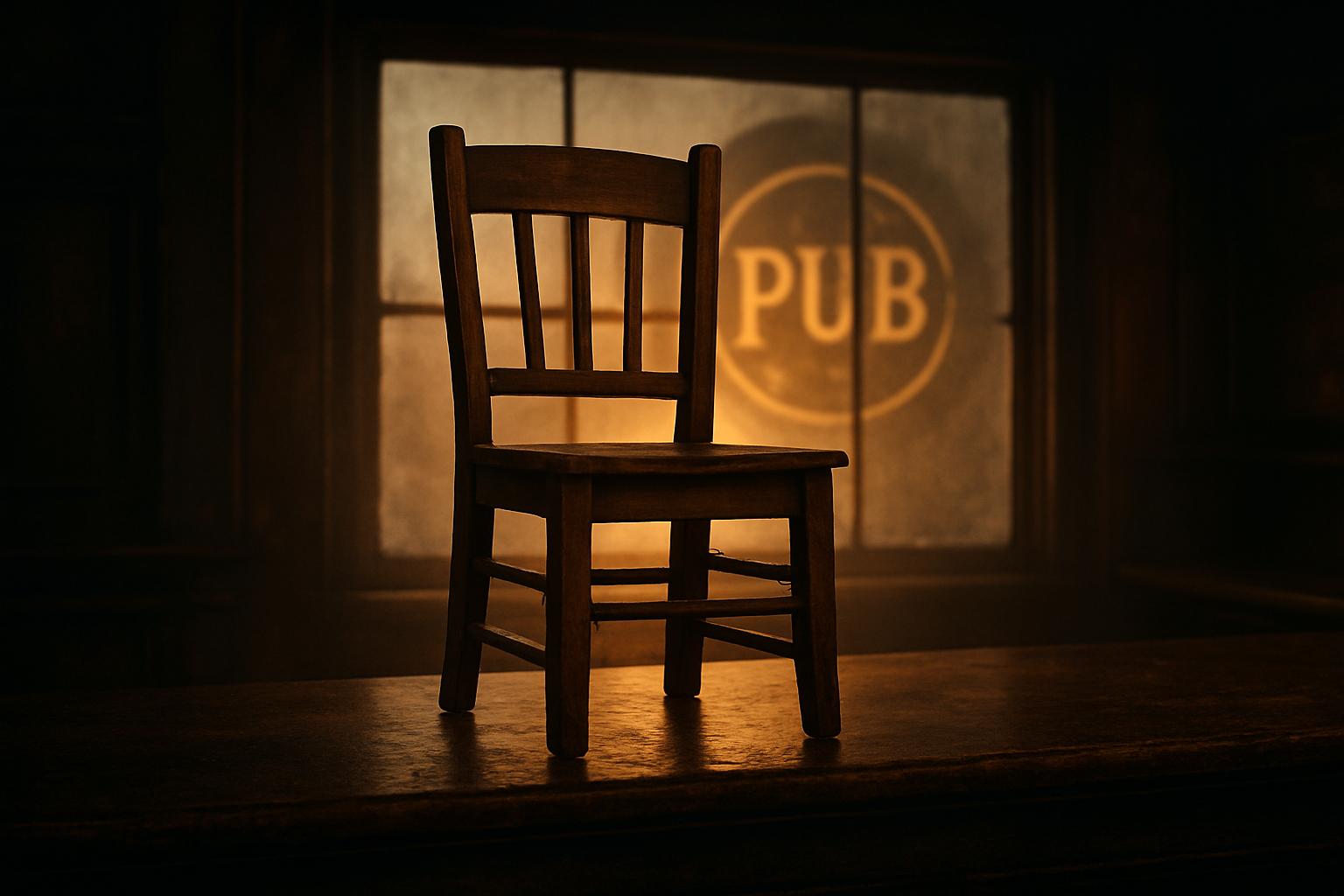Britain’s pubs remain a cherished cornerstone of national culture, with some 39,000 establishments operating across the UK. These range from the iconic, atmospheric “old man pubs” with their familiar sticky carpets and time-worn charm in London’s East End, to refined Michelin-starred venues like The Hand and Flowers in Buckinghamshire, which redefine what a public house can be. This diversity highlights the enduring cultural significance of the pub, emblematic not only as a place to drink but also as a social hub woven into the fabric of British life.
This rich heritage is celebrated in a notable new volume titled The Pub, a book compiled by The Fence magazine, which chronicles the essence of pub life across the UK and Ireland. The Fence, a quarterly print magazine lauded for its wry humour and investigative features since its establishment in 2019, uses this book to pay homage to public houses through engaging stories and fascinating trivia. Contributions come from a variety of voices including food writer Tom Parker Bowles, restaurant critic Charlotte Ivers, and etiquette expert William Hanson, offering both historical insights and contemporary narratives. Published by Ebury Press in August 2025, The Pub serves as both a cultural reflection and a guide to the nation’s varied drinking establishments.
The book provides a geographically diverse look at some of Britain’s standout pubs. In central London, The Cockpit on St Andrew’s Hill illustrates how historic sites have evolved—where once cockfighting took place until it was banned in 1835, now suits and gilets of City workers dominate the scene. Literary pastimes shine in The Stag’s Head on New Cavendish Street, once frequented by t talents like Dylan Thomas. North London pubs such as The Orange Tree in Winchmore Hill sit alongside cultural references, with its connections to former pop stars, while Finsbury Park’s King’s Head famously sports a striking mural featuring famous hip-hop figures in an unconventional setting.
East London boasts vibrant venues like The Hare in Cambridge Heath Road, noted for its lively atmosphere and its proximity to where The Libertines filmed their ‘Up the Bracket’ video, while the Duke of Wellington on Haggerston Road retains a steadfast resistance to gentrification amidst a changing landscape. The south and west of London present diverse atmospheres—from The Shepherd & Flock, a quiet Irish pub filled with contemplative patrons, to The Prince of Wales in West London, celebrated for its blend of pints and curried grilled meat, epitomizing the city’s rich multicultural tapestry.
Outside the capital, the tradition flourishes robustly. Manchester’s Peveril of the Peak offers an iconic interior steeped in Victorian style, while The Marble Arch in Rochdale Road is revered for its architectural features including magnificent ceilings. The north-west’s Liverpool features historic gems like Ye Hole in Ye Wall, once an all-male pub until the mid-1970s, juxtaposed with modern, lively spots such as Coopers Town House, known for its viral TikTok karaoke streams. Down south, Brighton’s Bat & Ball remains the last of its kind, preserving a gritty, authentic aura amidst a coastal town known for its vibrancy.
The book also highlights pubs across the UK including The Post Office Vaults in Birmingham with its craft beer cellar vibe, and The Duck & Drake in Leeds, which blends stunning interiors with an eccentric tiki-themed beer garden. Nottingham’s Ye Olde Trip to Jerusalem claims to be England’s oldest pub and remains a draw for tourists, while Norwich’s Fat Cat demonstrates the community pub concept with inclusivity and a broad drink selection at its core. Sheffield’s Rutland Arms balances shabby chic with comfort, and Newcastle’s Bridge Hotel offers a picturesque setting beside Robert Stephenson’s High Level Bridge.
Further afield, cities such as Bristol, Hull, Edinburgh, Glasgow, Swansea, Cardiff, and Belfast present pubs rich in character and local history—from Bristol’s Seven Stars named after the Dutch provinces, to Edinburgh’s Blue Blazer with its intriguing name origins, and Glasgow’s Laurieston Bar, renowned for its atmospheric time-capsule quality. Cardiff’s Golden Cross stands out as a vibrant LGBTQ+ venue, and Belfast’s Maddens offers a traditional music backdrop that complements its historic ambiance.
The Hand & Flowers pub in Buckinghamshire serves as a notable example of the evolution of British pubs. Originally established by Edwin Hand nearly 200 years ago and maintaining its Victorian charm, it now operates as a two-Michelin-starred establishment, blending high culinary standards with traditional hospitality. Edwin Hand’s colorful history and the pub’s Victorian origins enrich the narrative of public houses evolving with changing times without losing their cultural essence.
While the book encapsulates many well-loved pubs, the wider context of UK pub culture includes historically significant sites like The Palm Tree in Mile End, London—recognized for its architectural heritage and media appearances—and The Ten Bells in Spitalfields, linked to infamous Jack the Ripper history, underscoring how pubs often serve as repositories of local history beyond their role as social venues.
Overall, The Pub by The Fence magazine offers a affectionate, detailed celebration of British pubs that balances nostalgia with the realities of modern drink culture. It invites readers to appreciate the nuances of different establishments, from their historical roots and unique atmospheres to their role as communal gathering places that continue to thrive amid evolving cityscapes.
📌 Reference Map:
- Paragraph 1 – [1], [4]
- Paragraph 2 – [1], [2], [4]
- Paragraph 3 – [1]
- Paragraph 4 – [1]
- Paragraph 5 – [1]
- Paragraph 6 – [1], [3], [5]
- Paragraph 7 – [1], [6], [7]
Source: Noah Wire Services
